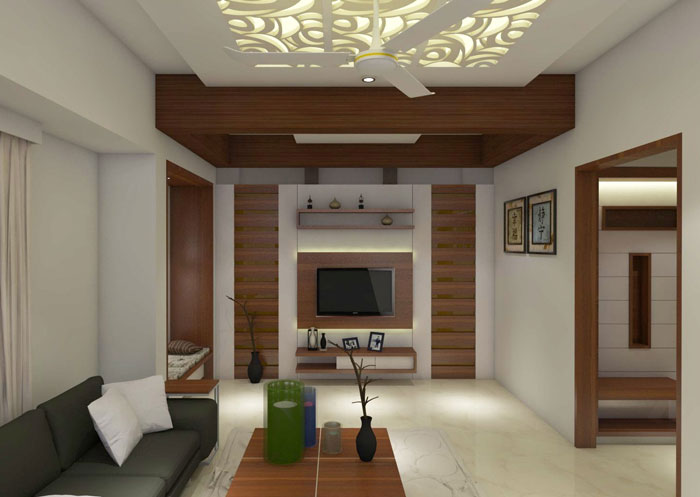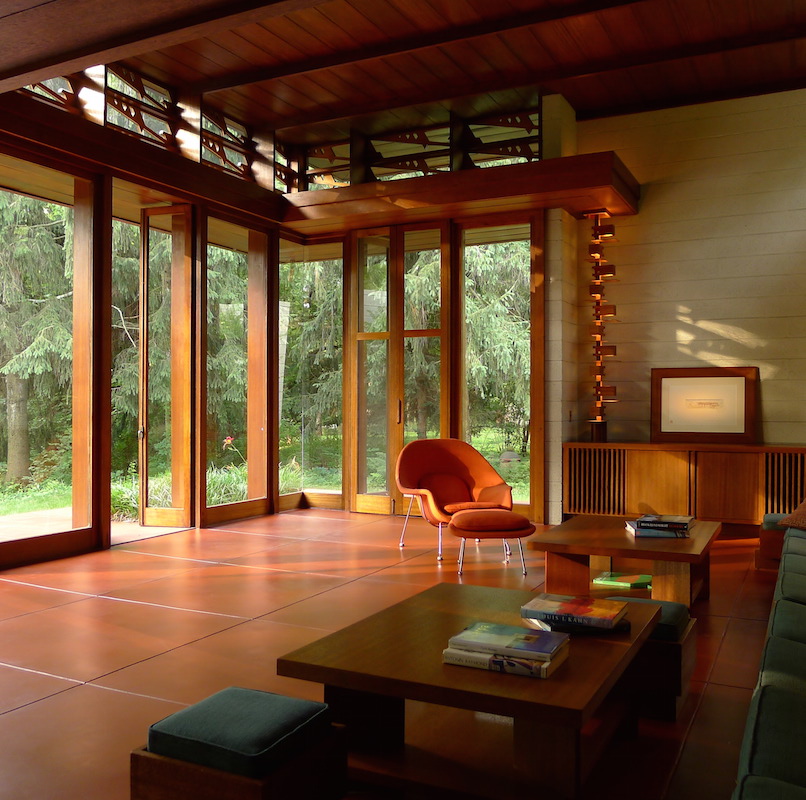Explore the Expertise of Hampshire Design Experts for Unique Residential Projects
Explore the Expertise of Hampshire Design Experts for Unique Residential Projects
Blog Article
The Art of Balance: How Interior Design and Home Architect Collaborate for Stunning Outcomes
In the realm of home design, striking an equilibrium in between aesthetic appeals and performance is no small task. This fragile equilibrium is achieved with the harmonious cooperation in between interior developers and architects, each bringing their unique expertise to the table. The result? Areas that are not only aesthetically sensational however also exceptionally habitable. This best mix is not always very easy to achieve. Remain with us as we explore the complexities of this joint process and its transformative influence on home design.
Recognizing the Core Differences Between Interior Style and Home Style
While both Interior Design and home design play essential roles in producing visually pleasing and useful rooms, they are naturally different self-controls. Home design mostly concentrates on the architectural facets of the home, such as building codes, safety guidelines, and the physical building and construction of the room. It deals with the 'bones' of the structure, functioning with spatial measurements, load-bearing wall surfaces, and roof designs. On the other hand, Interior Design is much more concerned with enhancing the sensory and visual experience within that structure. It involves selecting and arranging furnishings, picking color pattern, and integrating attractive aspects. While they operate in tandem, their roles, responsibilities, and locations of proficiency diverge considerably in the creation of an unified home setting.
The Harmony Between Home Design and Interior Layout
The synergy in between home architecture and Interior Design hinges on a common vision of design and the improvement of practical visual appeals. When these 2 fields straighten harmoniously, they can change a living space from average to amazing. This cooperation needs a much deeper understanding of each discipline's concepts and the ability to produce a natural, aesthetically pleasing atmosphere.
Unifying Layout Vision
Combining the vision for home architecture and interior layout can develop an unified living area that is both functional and aesthetically pleasing. It advertises a collaborating technique where architectural elements enhance indoor style components and vice versa. Hence, unifying the layout vision is vital in blending architecture and indoor style for spectacular outcomes.
Enhancing Practical Looks
Exactly how does the synergy in between home architecture and Interior Design improve functional aesthetics? This harmony enables the production of areas that are not only aesthetically appealing yet likewise comfortably useful. Architects prepared with their structural layout, making sure that the space is sensible and efficient. The indoor designer then enhances this with very carefully picked aspects that boost the aesthetic appeals without endangering the performance. This unified collaboration can lead to homes that are both beautiful and liveable. For example, an engineer might create a residence with huge home windows and high ceilings. The indoor developer can after that highlight these attributes with high plants and large curtains, respectively, therefore boosting the visual appeal while maintaining the sensible advantages of natural light and spaciousness.
Significance of Collaboration in Creating Balanced Spaces
The partnership between indoor designers and designers is pivotal in developing balanced rooms. It brings harmony in between layout and architecture, offering birth to spaces that are not just aesthetically pleasing however also practical. Exploring successful joint techniques can supply insights into just how this synergy can be successfully achieved.
Balancing Layout and Architecture
Balance, a crucial aspect of both Interior Design and style, can only really be attained when these 2 fields work in consistency. This consistency is not just an aesthetic consideration; it impacts the capability, resilience, and eventually, the livability of a room. Inside developers and architects need to recognize each various other's duties, respect their competence, and connect effectively. They have to take into consideration the interplay of structural aspects with style, the circulation of rooms, and the impact of light and color. This collaborative process results in a cohesive, well balanced layout where every component adds and has a purpose to the total visual. Therefore, integrating layout and style is not practically producing attractive rooms, however regarding crafting areas that work seamlessly for their residents.
Successful Joint Techniques

Instance Researches: Effective Combination of Style and Design
Taking a look at a number of study, it emerges how the successful integration of Interior Design and style can transform a space. The Glass House in Connecticut, renowned for its minimalistic style, is one such instance. Designer Philip Johnson and interior developer Mies van der Rohe teamed Winchester architect up to produce a harmonious equilibrium in between the inside and the structure, resulting in a smooth flow from the outside landscape to the inner living quarters. One more prototype is the Fallingwater Home in Pennsylvania. Designer Frank Lloyd Wright and interior developer Edgar Kaufmann Jr.'s joint initiatives result in a stunningly one-of-a-kind home that blends with its natural environments. These study highlight the extensive effect of an effective style and architecture cooperation.

Overcoming Difficulties in Layout and Design Cooperation
Despite the indisputable advantages of a successful partnership in between Interior Design and design, it is not without its obstacles. Communication issues can arise, as both celebrations might make use of different terminologies, understandings, and strategies in their work. This can lead to misconceptions and hold-ups in project conclusion. Another major difficulty is the harmonizing act of aesthetic appeals and capability. Engineers may prioritize structural stability and safety and security, while developers concentrate on comfort and style. The combination of these goals can be complicated. In addition, spending plan and timeline more info restraints frequently add pressure, potentially triggering rifts in the partnership. As a result, reliable interaction, good understanding, and concession are critical to overcome these challenges and achieve a harmonious and effective collaboration.

Future Patterns: The Progressing Relationship In Between Home Architects and Inside Designers
As the world of home style continues to progress, so does the partnership between engineers and indoor developers. Alternatively, indoor developers are welcoming technical aspects, affecting general design and performance. The future promises a more cohesive, ingenious, and flexible approach to home design, as developers and engineers continue to obscure the lines, cultivating a partnership that truly symbolizes the art of balance.
Conclusion
The art of balance in home style is accomplished with the unified collaboration in between interior developers and architects. In spite of difficulties, this collaboration fosters development and development in design.
While both indoor design and home get more info architecture play essential duties in developing visually pleasing and useful spaces, they are naturally different techniques.The harmony between home design and indoor design exists in a shared vision of style and the improvement of practical looks.Unifying the vision for home design and indoor style can develop an unified living room that is both practical and cosmetically pleasing. Therefore, unifying the layout vision is essential in mixing architecture and indoor design for sensational results.
Exactly how does the harmony between home design and indoor design improve functional appearances? (Winchester architect)
Report this page